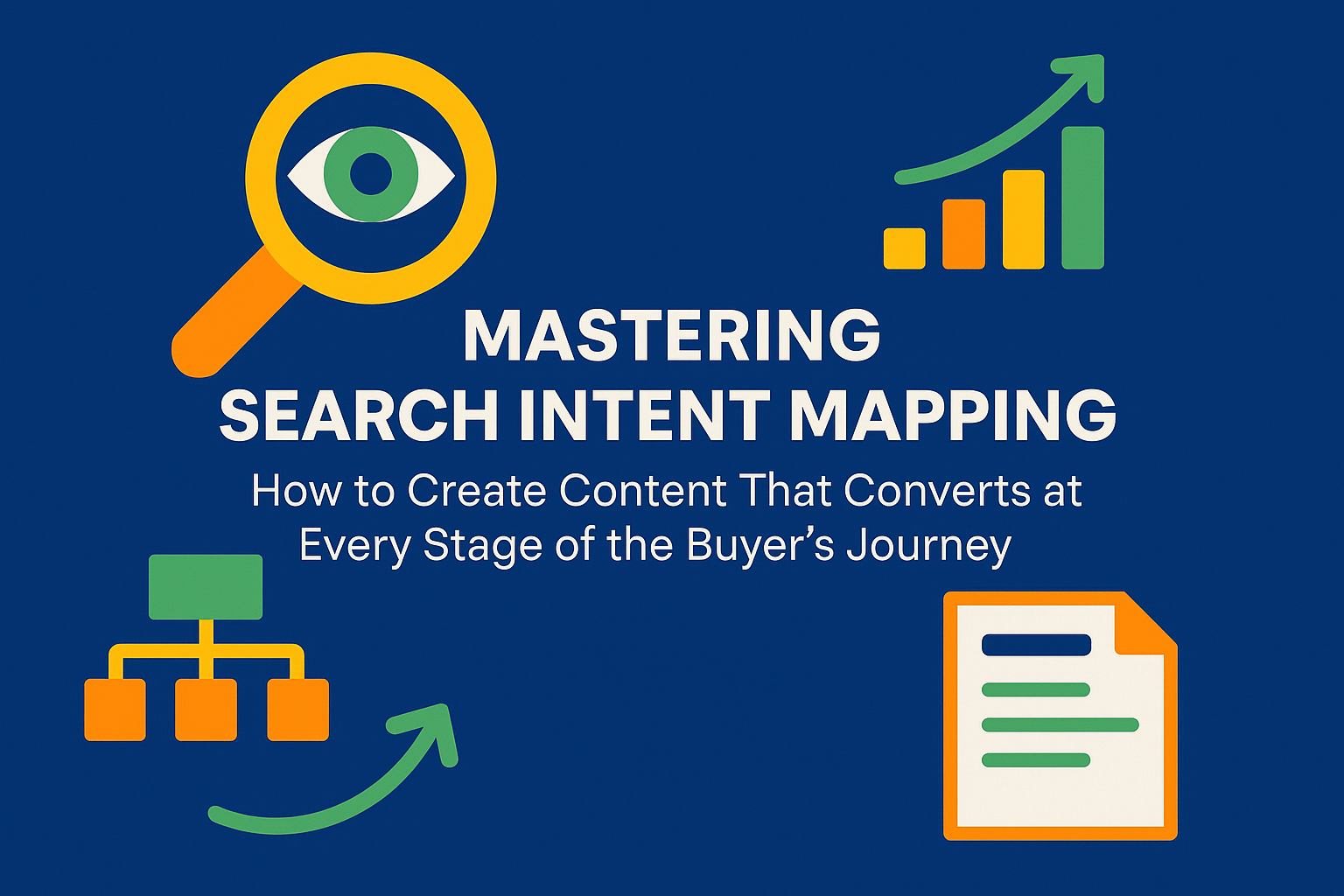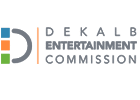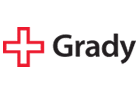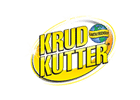By Janice Ramos
You can’t afford to waste time or marketing dollars on content that doesn’t convert. One of the biggest reasons SEO and paid campaigns underperform is a disconnect between your content and what your audience actually wants. That’s where search intent mapping comes in.
Search intent mapping is the process of aligning your website content with the specific needs, questions, and motivations of your prospects at each stage of the buyer’s journey. When done right, it not only improves your rankings on Google but also boosts lead quality and conversion rates—two metrics that matter most when you’re scaling a service-based business.
What Is Search Intent (and Why It Matters)?
Every keyword typed into Google carries intent. Your future client might be:
- Just starting their research (informational intent)
- Comparing options (consideration intent)
- Ready to buy (transactional intent)
Understanding this intent is critical if you want your content and your business to show up at the right moment.
If you’re only optimizing for “top keywords” without aligning content to intent, you’re likely seeing traffic that doesn’t convert. That’s the digital equivalent of people walking into your store, looking around, and leaving without a word.
Why Search Intent Mapping Is a Growth Driver
Here’s where search intent mapping delivers serious ROI:
- Boosts Lead Quality: When your content answers the exact questions your audience is asking, you attract people who are already problem-aware and solution-hungry.
- Improves Google Rankings: Google favors content that matches searcher intent. Mapping helps you create pages that satisfy algorithm and human expectations alike.
- Shortens the Sales Cycle: When leads land on the right content at the right time, they’re more likely to convert—and faster.
- Optimizes Paid Campaigns: Aligning your landing pages with ad intent improves Quality Score, lowers CPC, and reduces wasted ad spend.
How to Map Content to the Buyer’s Journey
1. Awareness Stage (Informational Intent)
Your prospect knows they have a problem but aren’t sure how to solve it yet.
Target Keywords: “how to reduce customer churn,” “best ways to improve service delivery”
Content Types: Blog posts, guides, educational videos
Goal: Build trust and position your brand as an expert
2. Consideration Stage (Navigational/Comparative Intent)
They’re evaluating options and need specifics.
Target Keywords: “top B2B service companies in Dallas,” “compare Google Ads vs SEO ROI”
Content Types: Case studies, solution pages, competitor comparison blogs
Goal: Prove your value with data and results
3. Decision Stage (Transactional Intent)
They’re ready to act, make it easy for them.
Target Keywords: “hire SEO agency Dallas,” “best Google Ads management service”
Content Types: Landing pages, service pages, free consultation CTAs
Goal: Drive conversions with clear next steps
Pro Tip: Use search intent mapping across your SEO and paid campaigns. When your landing pages match both ad copy and keyword intent, you drastically increase your chances of closing the lead.
Don’t Let Content Miss the Mark
Many agencies talk about keywords. Few talk about intent. If your content isn’t strategically aligned to where your buyer is in their journey, you’re not just missing conversions, you’re wasting budget.
Search intent mapping is the missing link between high-performing SEO and lead-generating content.
Ready to Turn Clicks into Clients?
If you’re tired of SEO that doesn’t deliver and want content that actually generates leads, it’s time to level up.
DoubleDome Digital Marketing specializes in data-driven SEO strategies that align with your buyer’s journey, so you get more qualified leads, better Google rankings, and measurable ROI.
Learn more about our SEO services and book your free strategy call today.









